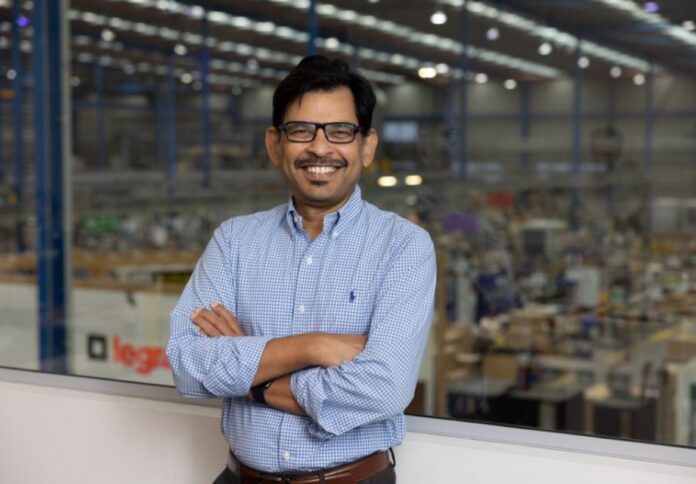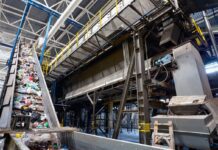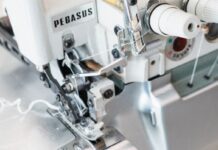
Australians’ perception of local manufacturing is growing steadily through the years as the critical industry becomes a vital factor in the country’s economy and the nation’s efforts to achieve environmental goals.
Local production also makes it possible for businesses to significantly cut shipping costs, complete the manufacturing-to-shelving process in no time, and ultimately nurture these factors into a competitive advantage in the marketplace.
More and more Australian companies are turning to local manufacturing and are breaking the mould in an era largely dominated by offshore manufacturing. One of them is Legrand Australia, a global specialist in products and systems for electrical installations and digital building infrastructure.
Legrand is tapping into its local network’s capability in order to stay agile, flexible and responsive while also ensuring that they are designing products and solutions suited to the ANZ market.
Building a competitive advantage
Legrand Australia touts a dedicated research and development team and an accredited NATA laboratory onsite, which conducts compliance and quality tests on more than 15,000 SKUs manufactured locally.
In an exclusive interview with Australian Manufacturing, Legrand CEO Palash Nandy said all the company’s products comply with the required Australian, New Zealand, and International standards of manufacturing quality and electrical safety. This enables the company to design and develop products that are perfectly adapted to local needs.
“Underpinning our local approach is a strong support network of distributors and contractors ensuring we can offer support before, during and after sale. It’s a combination of each of these factors that allows us to stand out in the marketplace,” Nandy said.
Fostering a circular economy
Manufacturing in markets far from where the products will hit the shelves involves additional layers of both packaging and transport, significantly affecting the company’s carbon footprint and the environment. Thus, focusing on responsible growth and manufacturing locally aids in the effort to reduce a company’s carbon footprint.
Nandy said Legrand aims to reduce its environmental footprint by developing a circular economy that makes the company’s products, services, and supply chain more sustainable. This means sourcing locally, redesigning products, services, and packaging in a more efficient manner, reducing materials, and promoting the reuse of some materials.
“Manufacturing locally allows us to have greater control of this process and ensure we can both produce products of high quality whilst supporting efforts to reduce our environmental footprint.”
The advantages of being a ‘glocal’ company
The Legrand CEO also highlighted the advantages of being a ‘glocal’ company with a presence across 90 countries, tapping into the expertise of teams in each of these nations while also being flexible and responsive locally in Australia.
“Our supply chain is very well integrated with Legrand’s global supply chain processes and planning. This allows us to visualise and predict challenges well ahead and therefore be proactive in our planning rather than being reactive.”
Legrand has been manufacturing in Sydney, in the suburb of Preston and provides jobs for over 300 people in the country.
Facing looming skills shortages head-on
As various local industries look at the impending threat of skills shortages, Legrand said it endeavours to foster employees across all sectors and support their development and growth.
The company was recently listed by Forbes and Statista as one of the “World’s Best Employers” for the third consecutive year.
“Building a sustainable, locally manufactured business that stands out will only work if it focuses on its people, which is what Legrand does.”




















